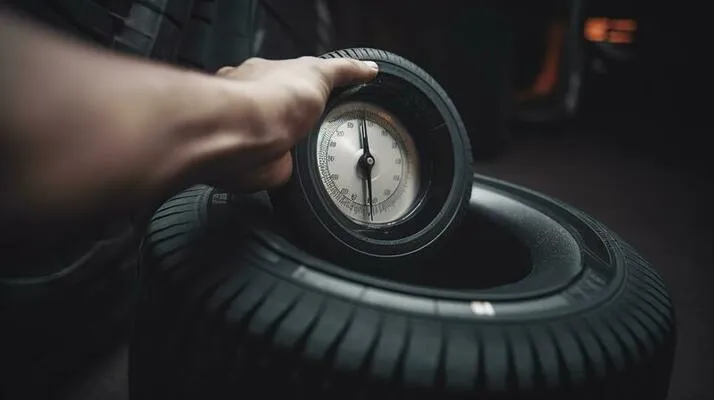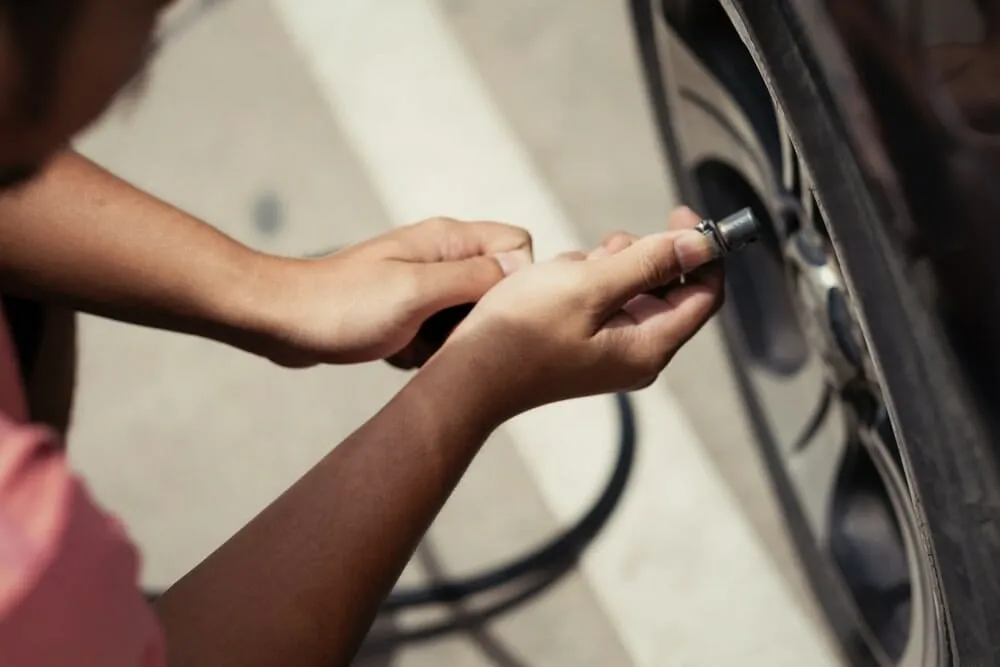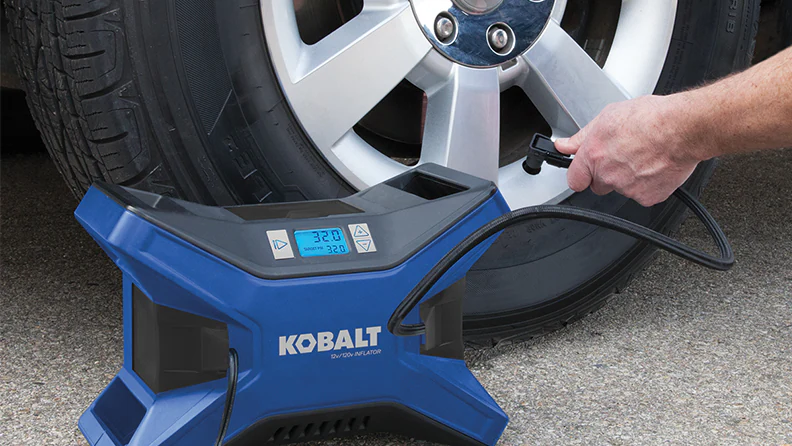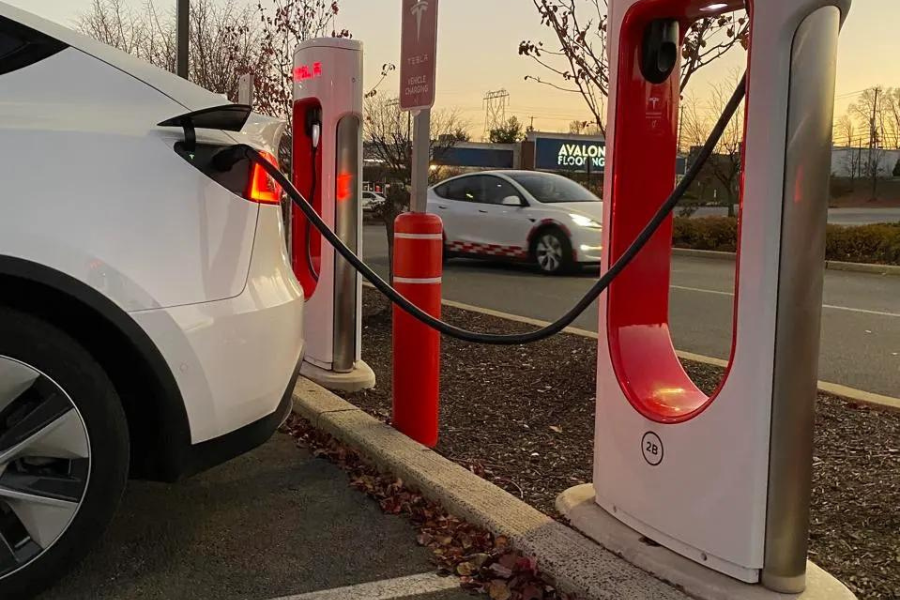For safe driving and fuel economy, maintaining optimum tire pressure is crucial. Every car owner should know how to use air pump for tires. This article will take you through the procedure step by step, whether dealing with a flat tire, doing normal maintenance, or ensuring your tires are properly filled.
We’ll go over various situations, including utilizing a gauge, a portable air pump for car tires, and an air pump at a petrol station. We’ll also answer frequently asked topics, such as how long it takes to inflate your tires properly.
Using a Tire Gauge:
A tire gauge is your best friend for adequately inflating your tires. Let’s find out how do you pump tires properly? The owner’s handbook for your automobile or the driver’s door jamb sticker should provide the manufacturer’s recommended tire pressure.
Remove the valve stem’s valve cover from the tire. For an accurate reading, firmly push the gauge into the valve stem. You’ll hear air hissing out, but don’t be alarmed; this is simply the gauge adjusting the pressure.

The tire pressure will be shown on the gauge. It is time to add air if it is less than the required PSI. But do you know how to put air in tires without gauge? The most precise instrument is a tire gauge, but you may estimate inflation by pushing the tire’s sidewall to ensure it feels firm but not unduly hard.
Using an Air Pump at a Gas Station:
Gas stations often offer free air pumps. Here’s how to use air pump for tires at gas station:
- Look for the hose and pressure gauge by pulling to the air pump.
- Remove the valve stem’s valve cover from the tire.
- Connect the valve stem to the hose.
- Set the necessary PSI using the pressure gauge, then turn on the pump. Automatic shutoffs are present in some stations.

Pumping Air in Car:
How do you pump air in a car? Pumping air into a car involves inflating its tires to the manufacturer’s recommended PSI (pounds per square inch). Find an appropriate air source first, such as an air compressor at a petrol station or a portable air pump.
Each tire’s valve cover should be taken off. Next, fasten the hose to the valve stem and set the pump or compressor to the required PSI. Start the inflation process until the tire pressure reaches the advised level by occasionally monitoring it with a gauge. For safe and effective driving, make sure all tires are filled appropriately.
Using a Portable Air Pump for Car Tires:
Portable air pumps are convenient for on-the-go inflation. Here’s how to use portable air pump for car tires:

- Ensure your pump has a power source, either a car’s 12-volt outlet or a separate power supply.
- Connect the pump’s hose to the tire’s valve stem securely.
- If your pump has a built-in pressure gauge, set it to the desired PSI. If not, use your separate tire gauge to monitor pressure while inflating.
- Turn on the pump and wait until it reaches the desired PSI. Most pumps have an automatic shut-off feature.
The time it takes to inflate your tires depends on factors like the pump’s power, your tire size, and how much air needs to be added. Typically, it takes a few minutes per tire, but be patient and ensure you reach the recommended PSI.
You should pump the tires to the manufacturer’s recommended PSI, found in the owner’s manual or on a placard inside the driver’s door jamb.
Check your tire pressure by using a tire gauge to measure the PSI. Compare this reading to the manufacturer’s recommended PSI in the owner’s manual or the door jamb placard.
Your tires may get overinflated if you overfill them, which might cause less traction, a harsher ride, and a higher chance of a tire rupture.




